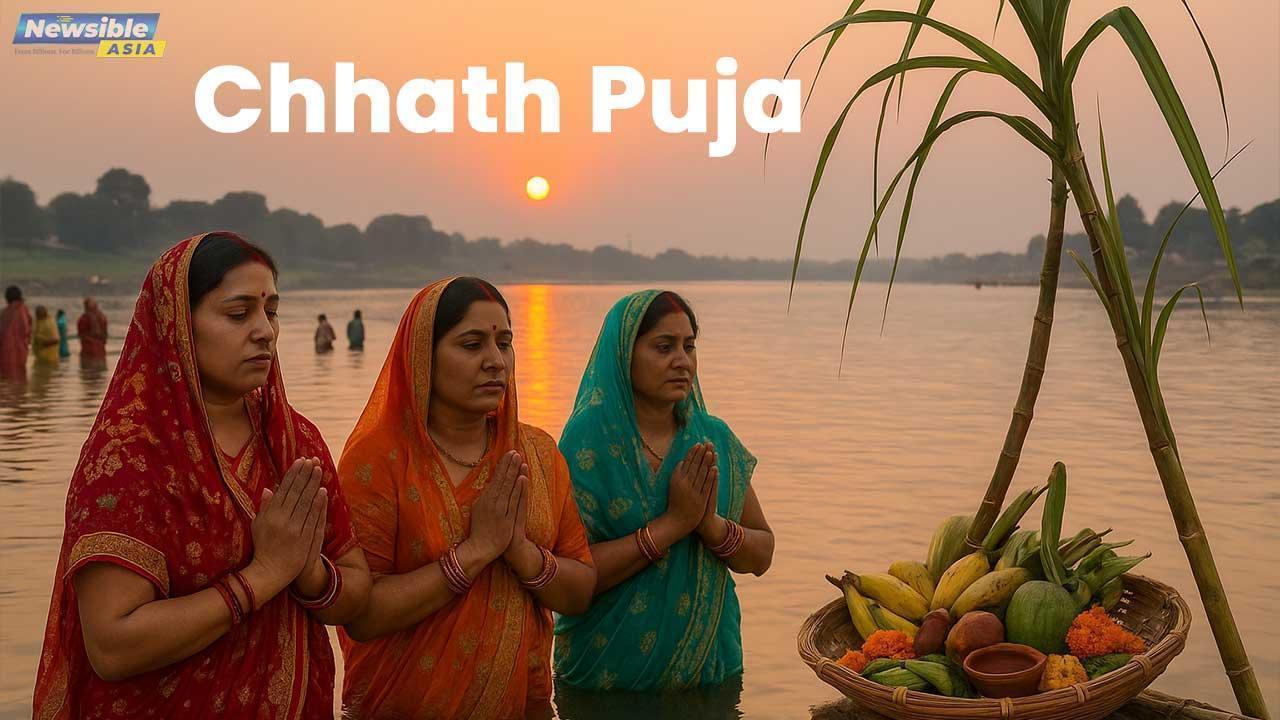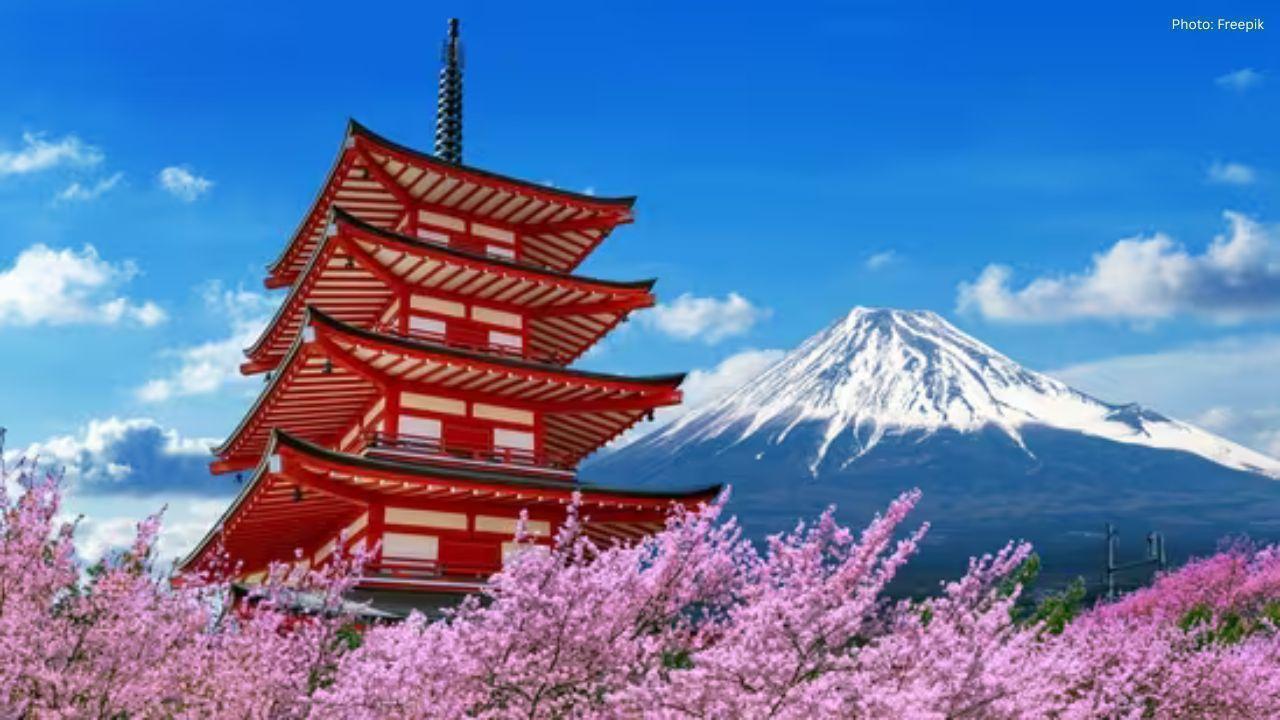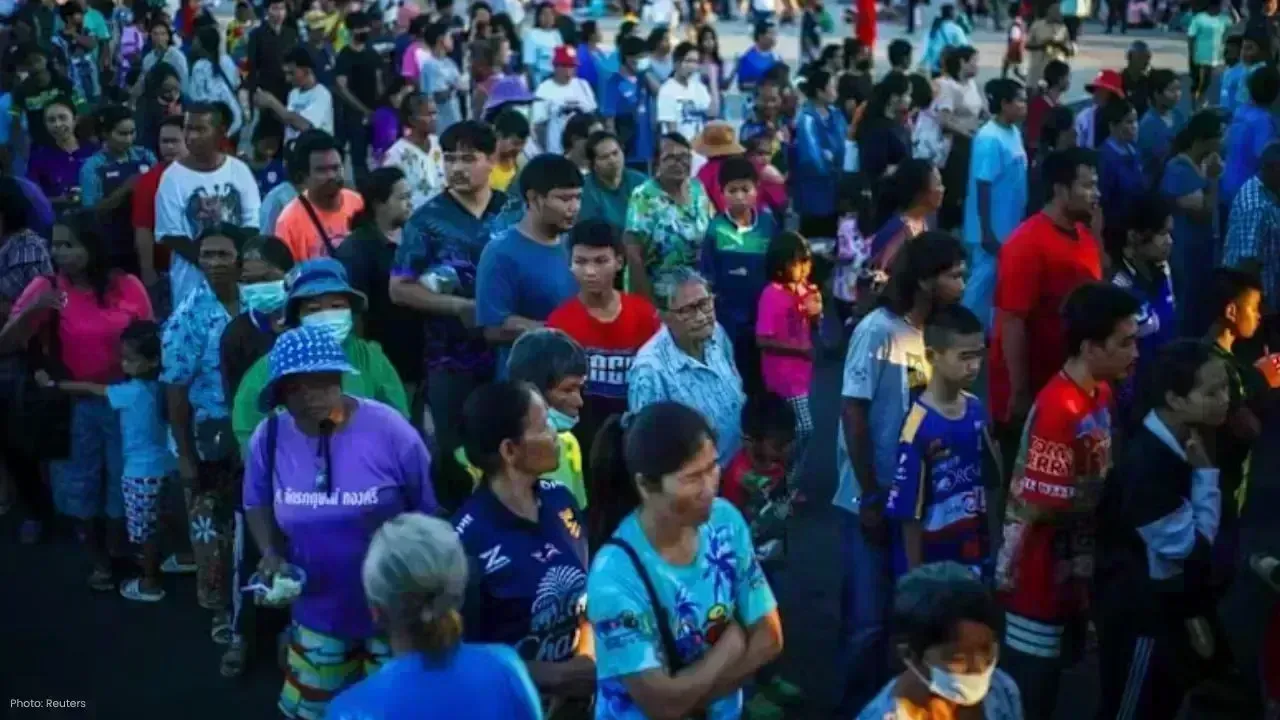You have not yet added any article to your bookmarks!

Join 10k+ people to get notified about new posts, news and tips.
Do not worry we don't spam!

Post by : Rameen Ariff
Chhath Puja is one of the most significant and revered festivals celebrated in India, particularly in Bihar, Jharkhand, Uttar Pradesh, and parts of Nepal. This ancient festival is dedicated to worshipping the Sun God, Surya, and his consort Chhathi Maiya, who symbolizes health, prosperity, and well-being. Unlike many festivals that involve loud celebrations, Chhath Puja is deeply spiritual, solemn, and rooted in nature. People celebrate it with immense devotion, observing fasts, performing rituals, and offering prayers to the Sun at sunrise and sunset.
The essence of Chhath Puja lies in gratitude. Devotees express their thankfulness to the Sun God for sustaining life on Earth. The festival’s rituals include holy bathing, fasting without water, preparing traditional offerings called prasad, and standing in water for long periods to offer these to the Sun. Every step of Chhath Puja reflects purity, discipline, and a deep connection with nature. For centuries, families have passed down these traditions, making Chhath Puja not just a festival but a symbol of cultural heritage and family bonding.
The roots of Chhath Puja trace back thousands of years and are mentioned in ancient Hindu scriptures like the Vedas and Ramayana. According to legend, Lord Rama and Sita performed Chhath Puja after returning to Ayodhya following their 14-year exile. It is believed that observing Chhath Puja brings happiness, health, wealth, and prosperity. Farmers, in particular, honor the Sun God during this festival, praying for a good harvest, rainfall, and favorable weather.
Over the years, Chhath Puja has transcended regional boundaries and is now celebrated globally wherever people from Bihar and Uttar Pradesh reside. Cities like Delhi, Mumbai, and even international locations like Dubai, London, and New York host grand Chhath Puja gatherings, where devotees come together to perform rituals, share prasad, and maintain the sanctity of the festival. The historical and spiritual significance of Chhath Puja continues to attract attention worldwide, emphasizing its timeless relevance.
One of the most striking aspects of Chhath Puja is its rigorous and disciplined rituals. The festival typically spans four days, starting with Nahay Khay, where devotees take a holy bath in rivers or ponds and clean their homes thoroughly. This ritual signifies purification of the body and mind, preparing devotees for the spiritual journey ahead. The second day, Lohanda and Kharna, involves fasting from sunrise to sunset, followed by a simple meal of kheer, chapati, and fruits. The fast is broken only after offering prayers, symbolizing patience, self-control, and devotion.
The third and fourth days, Sandhya Arghya and Usha Arghya, are the most visually captivating. Devotees gather at riverbanks, ponds, or water bodies, carrying bamboo baskets filled with fruits, vegetables, and sweets prepared as offerings. Standing waist-deep in water, they offer these to the Sun God while chanting hymns and prayers. Observing this ritual requires immense dedication and faith, making Chhath Puja one of the most spiritually enriching festivals in India.
Chhath Puja is more than just a religious festival—it is a celebration of family unity and love. Every member of the family, from grandparents to children, participates in the preparation and rituals. The festival encourages collective responsibility, cooperation, and respect for elders. Cooking prasad, decorating the puja area, and offering Arghya together strengthens family bonds.
Many people describe Chhath Puja as a festival that teaches patience, discipline, and devotion. Children observe their parents’ rituals, learning about the importance of gratitude, selflessness, and the power of collective prayers. This intergenerational sharing of values ensures that Chhath Puja is not only preserved as a cultural tradition but also serves as a moral and spiritual guide for future generations.
An intriguing aspect of Chhath Puja is its connection with nature and environmental awareness. By worshipping the Sun and performing rituals near clean water bodies, the festival subtly promotes respect for natural resources. Devotees often avoid using plastics or polluting materials during Chhath Puja, opting for eco-friendly offerings and decorations. This focus on sustainability and harmony with nature aligns with modern environmental values, making Chhath Puja both timeless and relevant.
Furthermore, the festival’s emphasis on fasting, meditation, and mindfulness has multiple health benefits. Devotees believe that abstaining from food and water for specific periods purifies the body, strengthens immunity, and instills mental clarity. The holistic approach of Chhath Puja—combining spirituality, nature worship, and physical discipline—illustrates why it continues to inspire people across generations and borders.
With migration and globalization, Chhath Puja has become an international celebration. Indian communities in countries like the USA, UK, Canada, UAE, and Australia organize grand Chhath Puja events along rivers, lakes, or community halls. These gatherings maintain the authenticity of rituals while fostering a sense of community among the diaspora. Social media platforms and online events have further amplified the festival’s reach, allowing people to participate virtually, share experiences, and preserve cultural connections even far from home.
In cities abroad, Chhath Puja has also become a symbol of Indian culture and spirituality. Non-Indian residents often join these events to learn about the traditions, rituals, and philosophies behind the festival. This cultural exchange has elevated Chhath Puja as not only a religious celebration but also a bridge connecting diverse communities worldwide.
At its core, Chhath Puja is an emotional celebration. The sight of devotees standing in water at sunrise, offering prayers to the Sun, evokes a sense of serenity, devotion, and hope. Families witness tears of joy, shared laughter, and moments of silent gratitude. The aroma of freshly prepared prasad, the sounds of hymns, and the reflections of the rising sun on water create a magical atmosphere, making the festival unforgettable for everyone involved.
Many devotees describe a profound spiritual experience during Chhath Puja, as if connecting directly with the universe and the divine. This emotional depth, combined with the physical rigor and aesthetic beauty of rituals, makes Chhath Puja a unique celebration that touches the hearts of millions.
Even in today’s fast-paced world, Chhath Puja remains relevant. It reminds people to pause, reflect, and express gratitude for life’s blessings. The festival promotes mindfulness, environmental responsibility, and strong family values—principles that resonate deeply in contemporary society. Social media trends, cultural documentaries, and global participation have made Chhath Puja more accessible, inspiring new generations to embrace their heritage while adapting it to modern life.
Schools, colleges, and community centers often organize Chhath Puja events, educating young people about its rituals, history, and significance. This engagement ensures that the festival continues to thrive, spreading its message of devotion, gratitude, and harmony with nature to wider audiences.
Chhath Puja is more than a festival; it is a celebration of life, devotion, and gratitude. By honoring the Sun God and Chhathi Maiya, devotees reaffirm their connection with nature, family, and the divine. Its rituals, fasting, prayers, and offerings highlight the importance of discipline, patience, and selflessness. Across India and the world, Chhath Puja unites people, transcending geographical, social, and cultural boundaries.
As the sun rises on the day of Chhath Puja, it symbolizes hope, renewal, and the eternal cycle of life. For millions of devotees, the festival serves as a reminder to live with gratitude, embrace family bonds, respect nature, and seek spiritual fulfillment. In a world often overwhelmed by chaos and distraction, Chhath Puja shines as a beacon of devotion, unity, and the enduring power of faith.
Chhath Puja is not just a ritual; it is an emotional journey, a spiritual cleansing, and a celebration of the eternal light that guides life on Earth. Through its history, rituals, and global presence, Chhath Puja continues to inspire generations, ensuring that the legacy of devotion, discipline, and gratitude endures forever.
The content published on Newsible Asia is for informational and general purposes only. While we strive for accuracy and timeliness, Newsible Asia does not guarantee the completeness, reliability, or accuracy of any news, data, or information provided. Any reliance you place on such content is strictly at your own risk. Newsible Asia is not responsible for any losses, damages, or consequences arising from the use of information on this platform. All opinions expressed are those of the authors and do not necessarily reflect the official policy or position of Newsible Asia.
#Lifestyle #best news channel #best news channel asia #Festivals










Thailand Defence Minister Joins Talks to End Deadly Border Clash
Thailand’s defence chief will join talks with Cambodia as border clashes stretch into a third week,

India Raises Alarm Over Fresh Attacks on Hindus in Bangladesh
India has condemned recent killings of Hindu men in Bangladesh, calling repeated attacks on minoriti

Sidharth Malhotra & Kiara Advani Celebrate Baby Saraayah’s 1st Christmas
Sidharth and Kiara share adorable moments of baby Saraayah’s first Christmas with festive décor and

South Korea Seeks 10-Year Jail Term for Former President Yoon Suk Yeol
South Korea’s special prosecutor demands 10 years for ex-President Yoon Suk Yeol on charges includin

Salman Khan’s Exclusive 60th Birthday Bash at Panvel Farmhouse
Salman Khan to celebrate his 60th birthday privately at Panvel farmhouse with family, friends, and a

Dhurandhar Breaks Records with Rs 1006 Cr, Becomes Bollywood’s Biggest Hit
Dhurandhar rakes in over Rs 1006 crore worldwide in 21 days, becoming Bollywood’s highest-grossing f